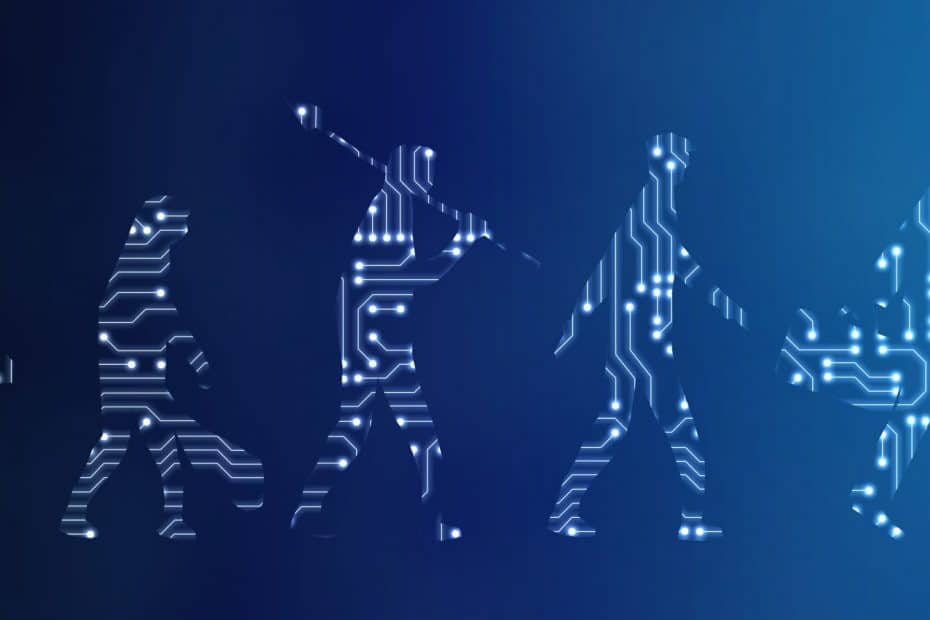It should really go without saying but putting the employee at the centre of Digital Development, by starting with Experience Maps and then developing experiences which will quickly give value to an organisation, completely changes the conventional approach to an IT project. Waterfall projects (again so beloved of SOWs), in which everything is planned to the last second and last deliverable, are a thing of the past.
Those long Requirements phases – in which clever people sit down and come up with a huge list of what the system should do – are replaced by user-centred Design Thinking sessions, quick prototypes and feedback to develop User Stories for inclusion in a prioritised backlog.
Clearly defined Build, Test, Deploy phases, punctuated by quality gates, are replaced by constant iterations, and fast feedback loops.
Consequently, Iterative development of quick prototypes allows you to bring value to the user, and by extension the business, quicker..

